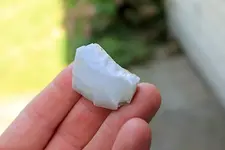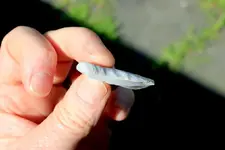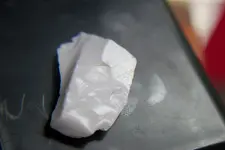brandywine
Jr. Member
I got out for about and hour yesterday and went to an area that is know for occupation. I have found artifacts for many years at this spot. Yesterday I found this material and I am mystified of it's origin. It is sharp as hell and unlike any flint or white quartz. I am entertaining the idea that it is glass that some enterprising young buck used for shaving.
What do you guys think?
What do you guys think?
Attachments
Upvote
0





